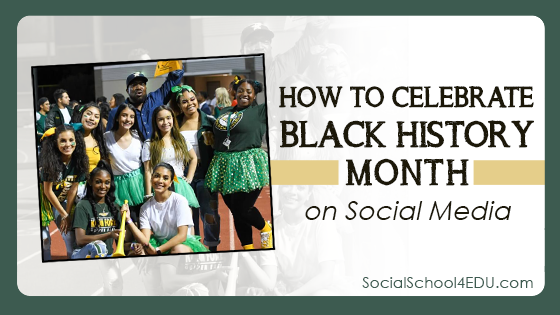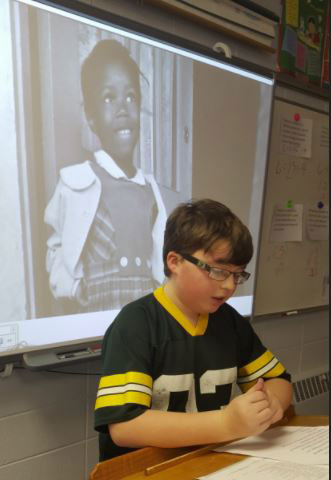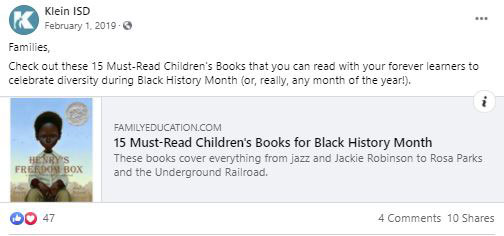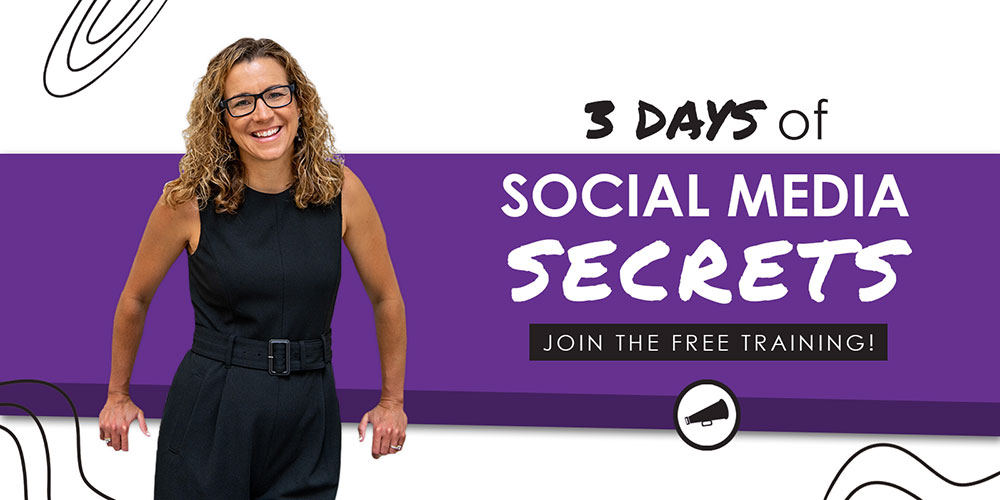Racism and social injustice was certainly in the news in 2020. After the tragic death of George Floyd, schools were left scrambling for what they would say (or wouldn’t say) about the events.
I’m not in any position of authority or expertise when it comes to this topic. That’s why in the weeks after the event, I reached out to one of my own team members to talk about it.
Shayla Bradley, one of my incredible school account managers, was honest, real, and patient with my questions. I’m not going to get into the details of our entire conversation, but one topic came up that led to the blog that I’m writing now.
Last February, Shayla reached out to one of the schools that she manages social media for, asking them for any content related to Black History Month. You see – the very best content that is shared on social media comes from the classroom itself. Not content created just for “show,” but rather, the real educational lessons that happen in our schools.
She was surprised when she didn’t receive anything in response. This caused her to bring up the topic during our summer chat. Shayla thought it would be helpful (and important!) to provide some examples of ways that schools can celebrate Black History Month on social media.
This article serves as just a starting point for you. I’ll break down four ideas to think about and then turn the conversation over to you. I’d love to get your thoughts and ideas!
Be Aware of Your School’s Culture
When I reached out for ideas from my school communication colleagues, most of the feedback centered around words of caution. One person shared, “Some feedback we got in our district was that we needed to be celebrating cultures all year long and talking about it in our curriculum… I guess I would just caution that promoting something on social one month a year might not be such a great idea if it’s not embedded in your district’s culture, curriculum, and classrooms.”
So my first piece of advice is to be aware of your school’s culture. If people feel like you are just checking a box and doing something just for “show,” then you may not want to highlight it on your social media channels. It could lead to negative comments, especially if you have experienced racially charged issues within your district. There is a term called “performative allyship” that many brands and public figures have been associated with, and you don’t want your district to be pulled into that conversation.
But to completely ignore it might bring up another issue. This is a very fine line and I don’t have the perfect answer. My suggestion would be to have a conversation with your leadership team. But before you do, read the rest of this blog so you can come to the table with ideas!
Share Classroom Activities
Your best practice when it comes to any social media content is sharing real stories – not things that are made up for the sole purpose of social media. So when it comes to Black History Month, reach out to your Curriculum Director or directly to your teaching staff to find out what students are learning about in the classroom!
A few years ago, the fifth graders at Mineral Point Unified School District wrote letters to Ruby Bridges. Joelle Doye, Communications Director, shared: “This project really resonated with students and our community. Making history come to life makes it much more relevant.”
Perhaps your school has a group of talented students do a performance like this. It’s amazing; you need to take the time to watch it! I guarantee that there are projects your middle and high school students are working on that deserve to be highlighted. But sometimes, we need to seek them out.
Tuscaloosa City Schools highlighted what they were doing at Tuscaloosa Magnet Schools-Middle. They had “A Celebration of African Americans in the Arts.” These hands-on activity stations allowed students to explore the important visual and performing arts contributions that African Americans have made to our cultural heritage.
Here’s another example: One third grade classroom activity was shared in this post from New Auburn in Wisconsin.
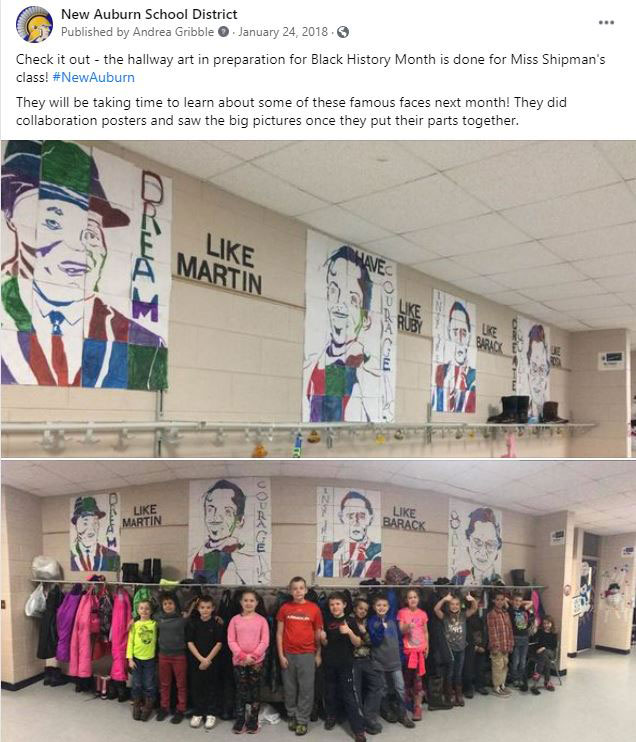
Highlight Staff & School Board
If you are sensitive to highlighting your own students during Black History Month, I understand. But what about your staff and school board? I understand that not every district will have this option – but if you do, consider it!
Check out this story from Klein ISD. This school celebrated their first Black school board president. I love the complete story, which gives an amazing quote from Mr. Doug James:
“Black History Month for me is not just a time to celebrate African Americans who have paved the way for us all to thrive, it is also a time to consider the ways that we can create more equity for EVERY student in our sphere of influence and on each of our campuses,” he said. “How can we make sure that all families feel welcome in our classrooms and buildings? How can we support educators from all backgrounds in developing their personal knowledge and awareness of the contributions of African Americans, so that they can teach the diverse students they serve from a more holistic standpoint? That’s the importance of the Klein family celebrating Black History Month in Klein ISD.”
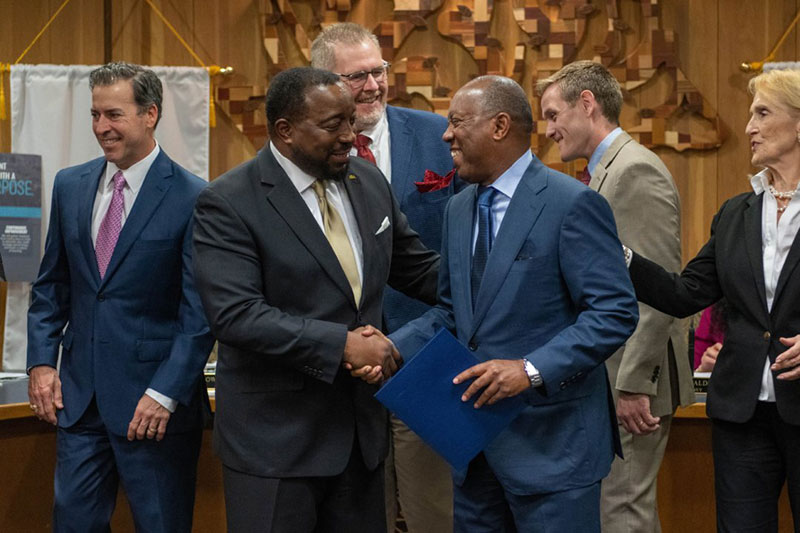
Share Resources & Events
As a school, it’s your job to educate! What about providing resources for the community to learn more about Black History Month? Here is a great Facebook post example from Klein ISD that references 15 must-read children’s books.
You don’t have to be the source of all of the content you share. Find a way to share resources from reputable sources to honor the celebration, while being sensitive to the verbiage you use in your post. I love the way Klein chose to word their caption: “Families, Check out these 15 Must-Read Children’s Books that you can read with your forever learners to celebrate diversity during Black History Month (or, really, any month of the year!).”
If you have events happening in your community to celebrate Black History Month, you could share those as well!
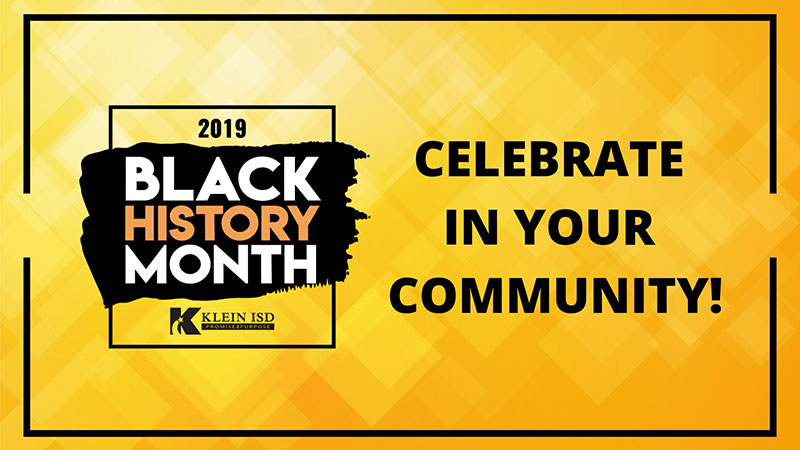
What Other Ideas Can You Share?
This article is just a starting point. We’d love to hear your thoughts and post examples, below! You can also join the conversation on Twitter.

